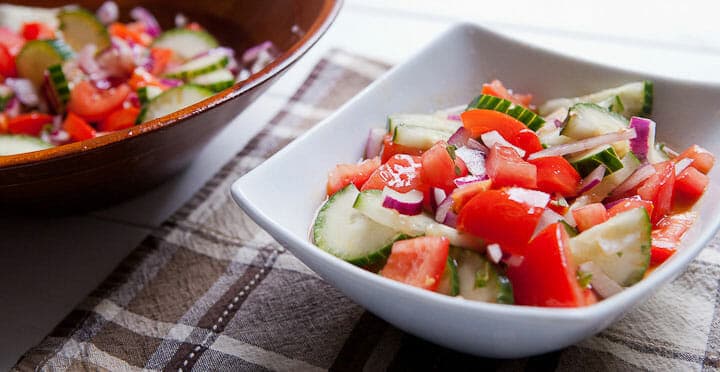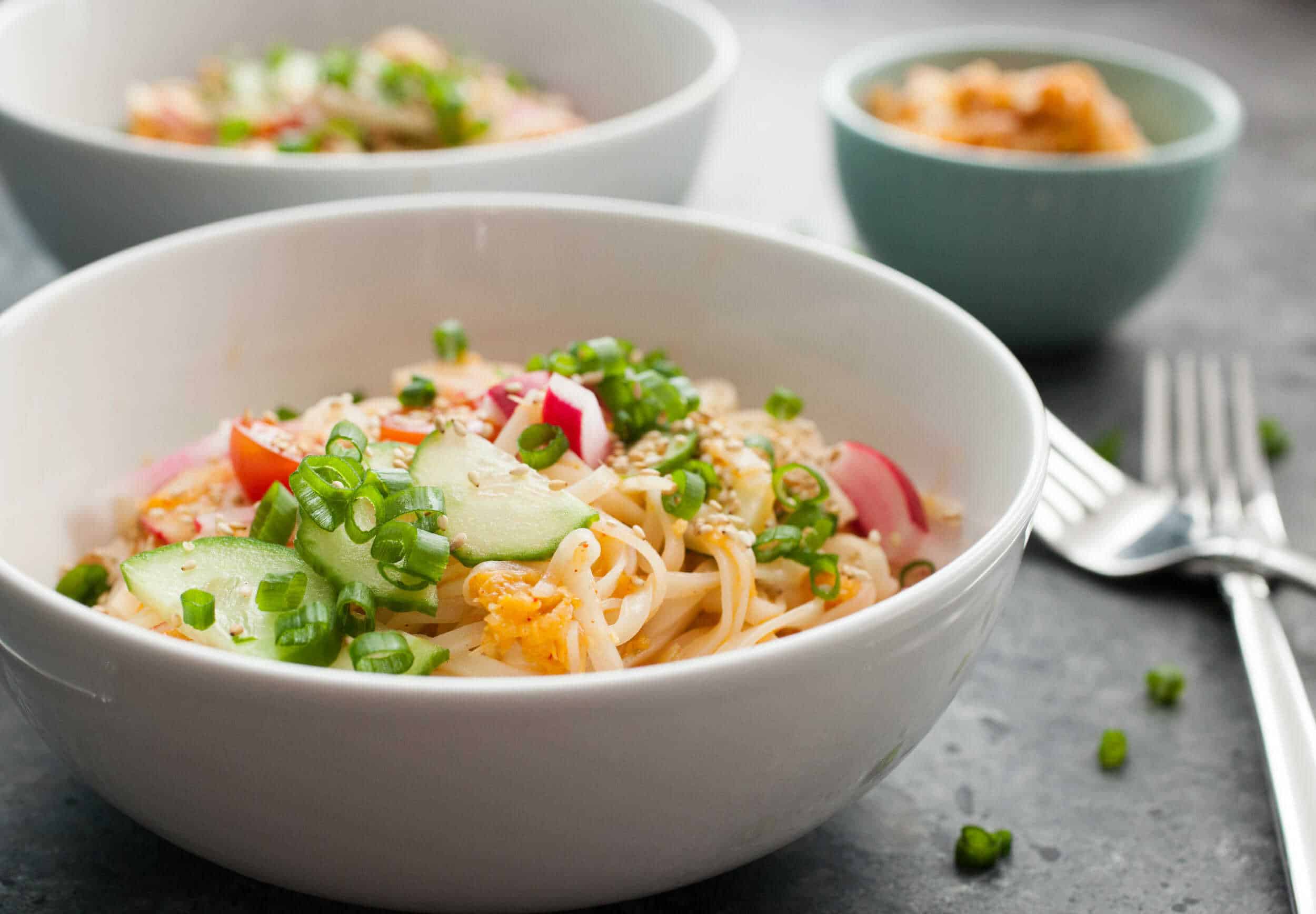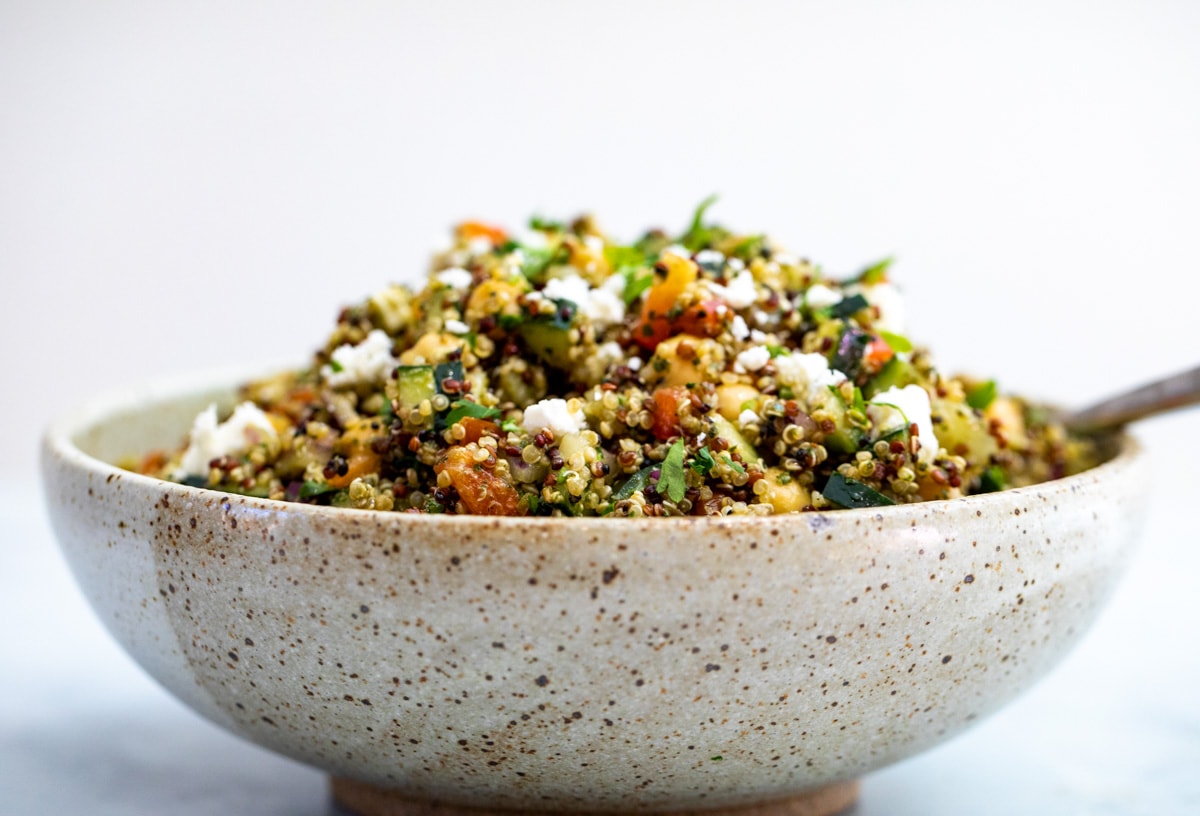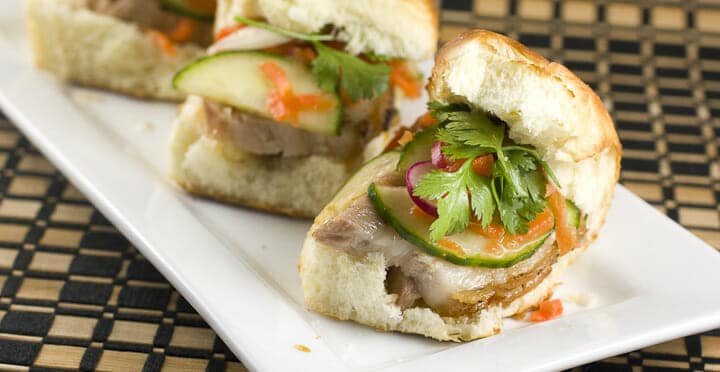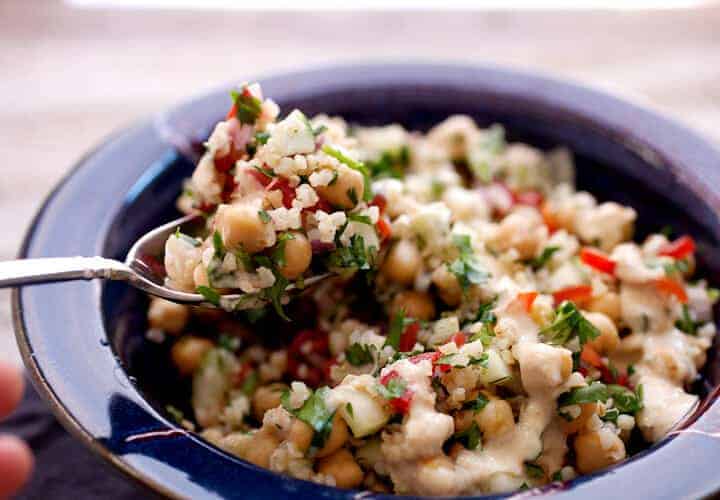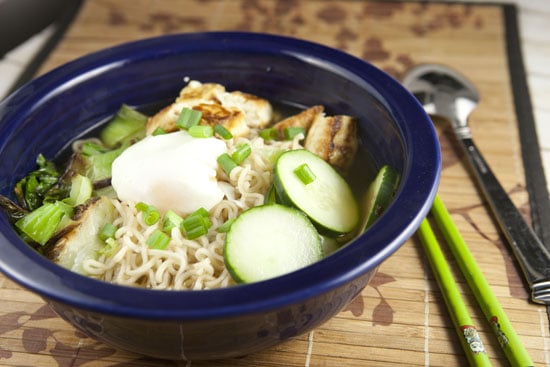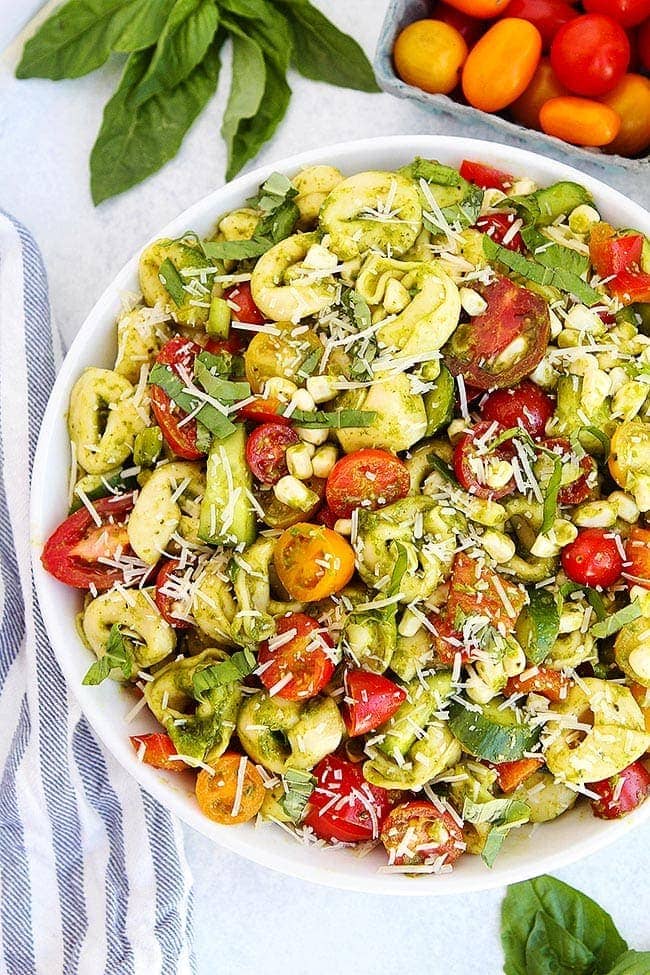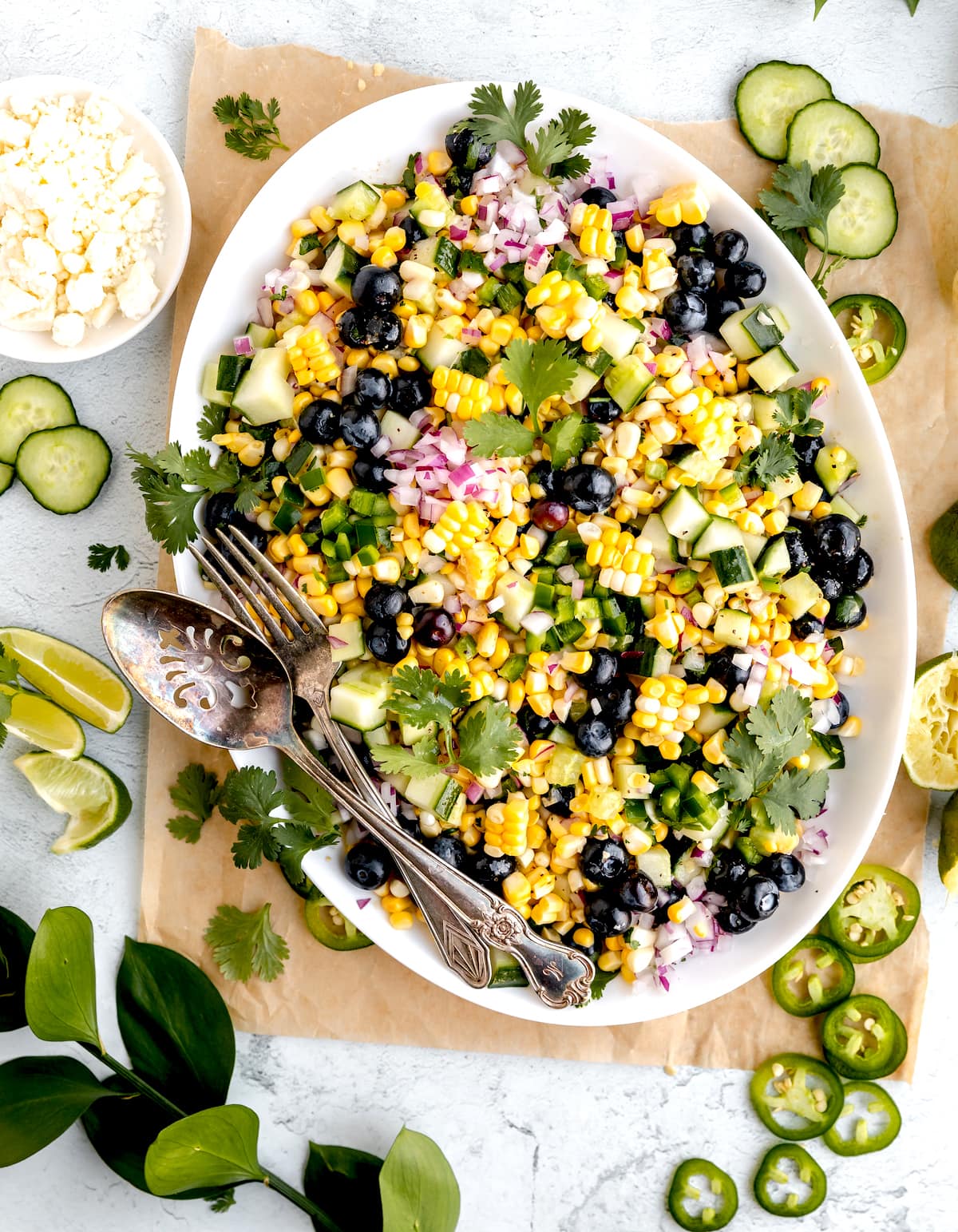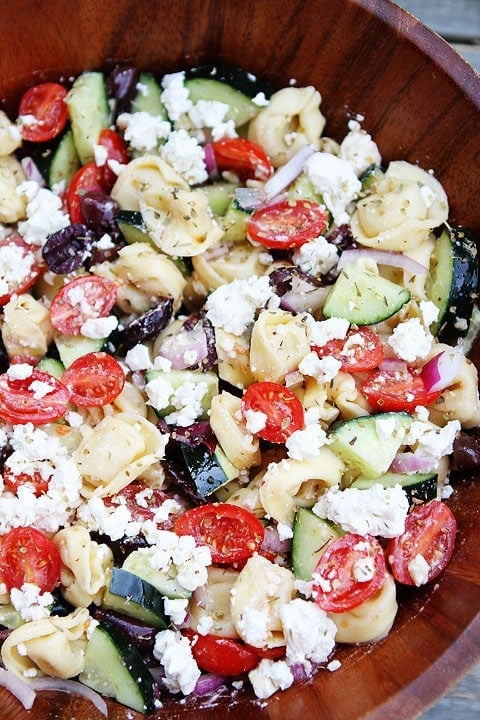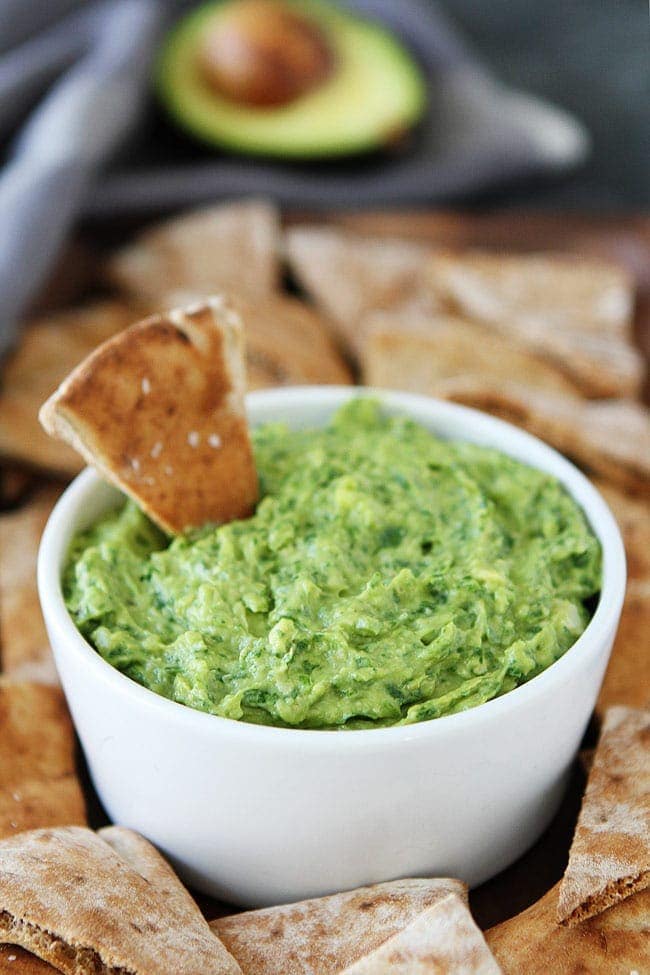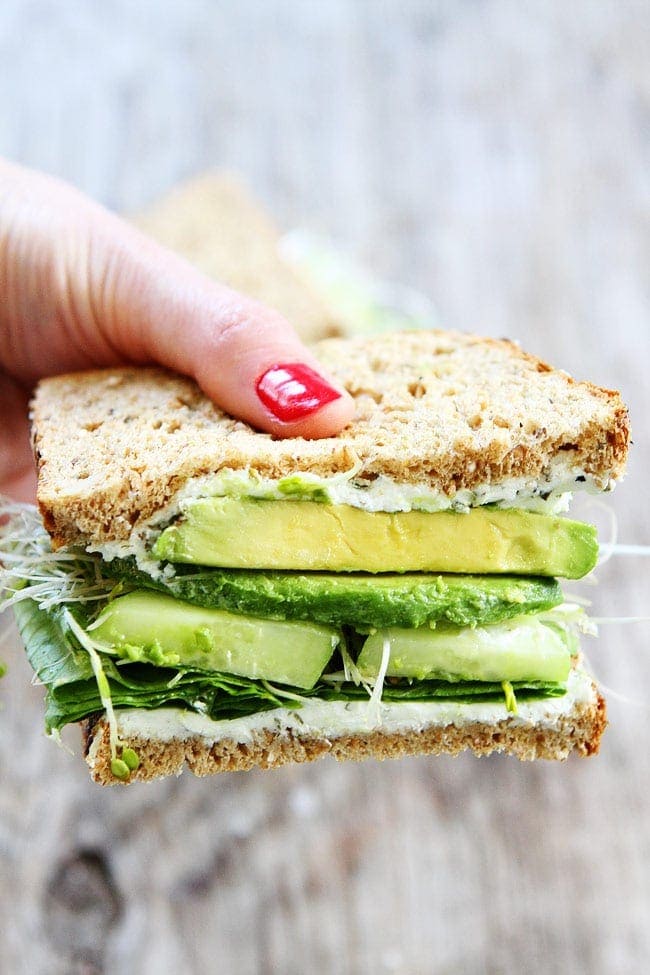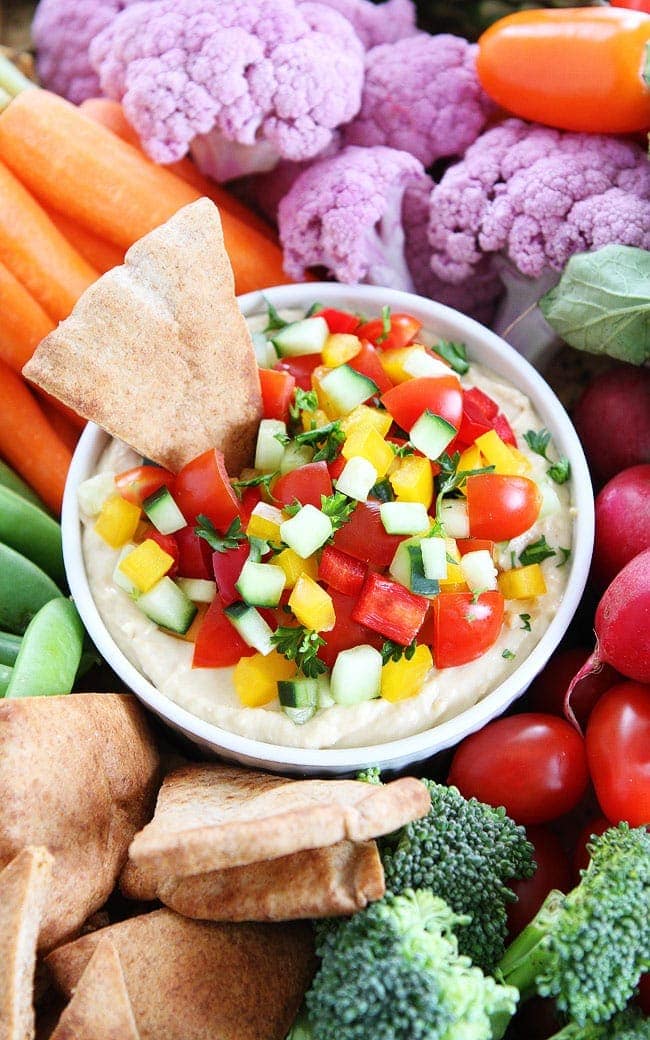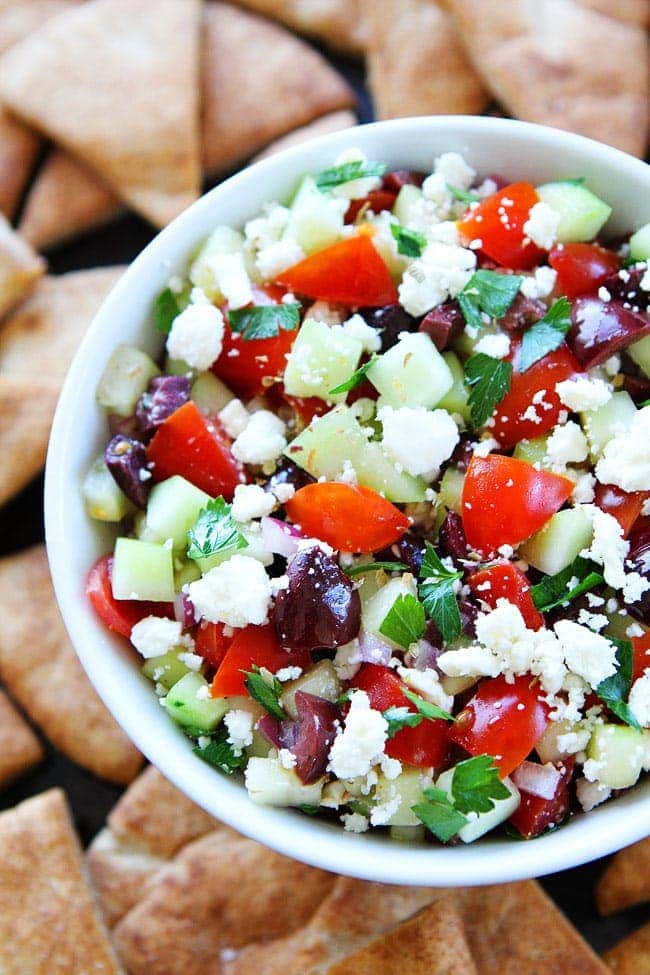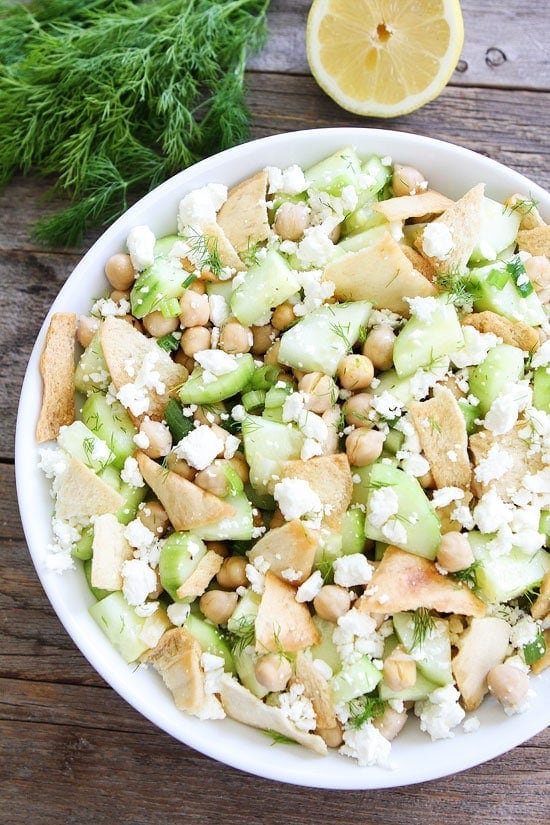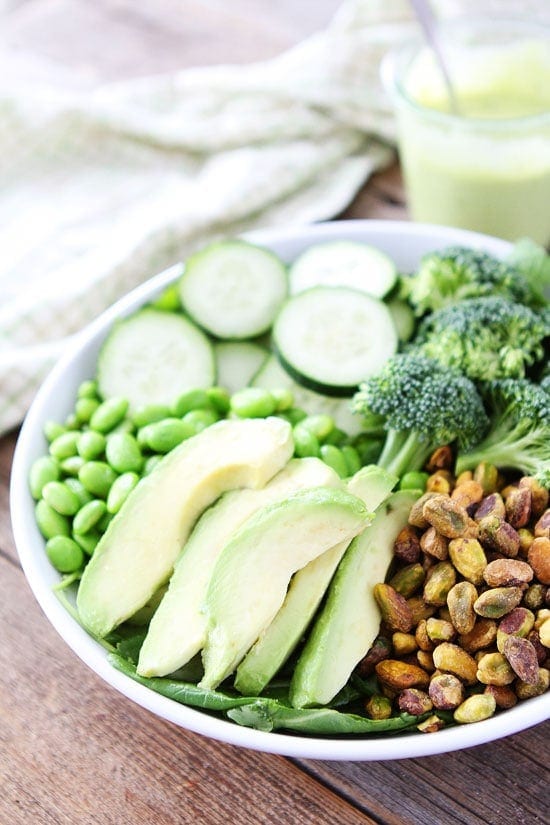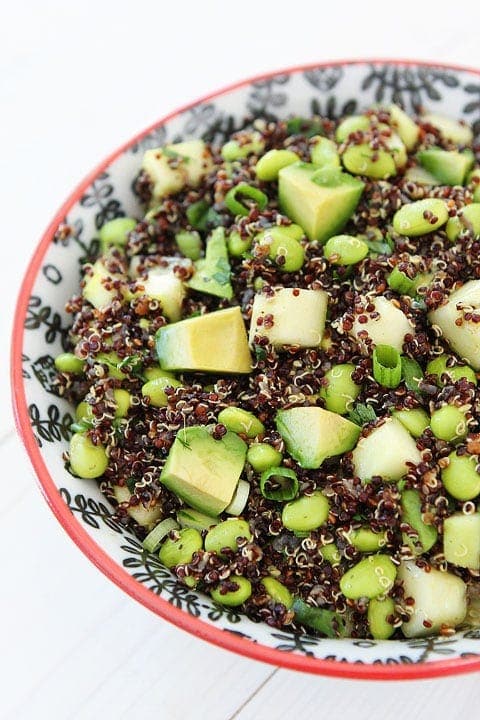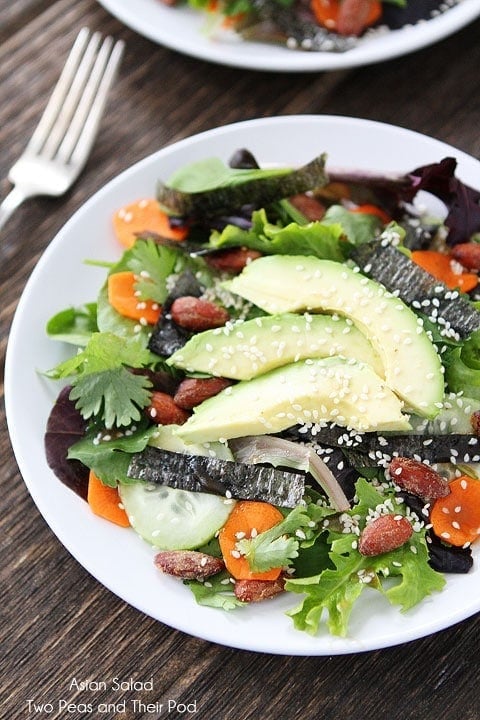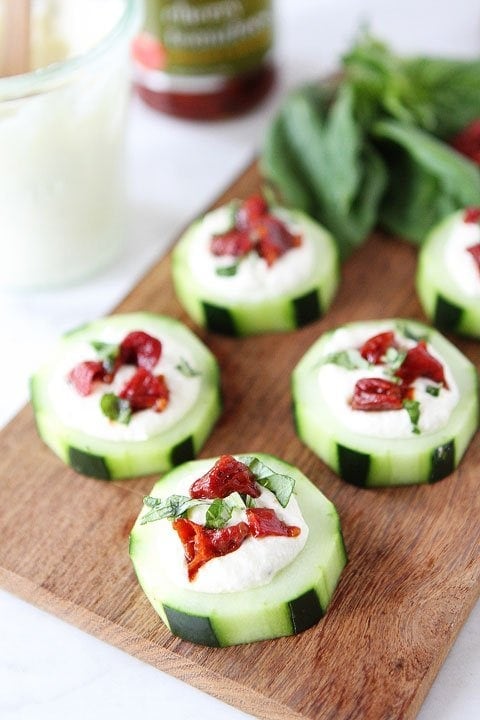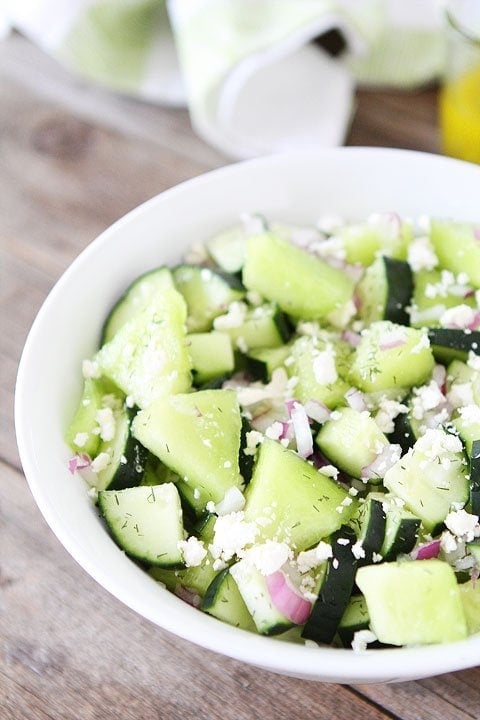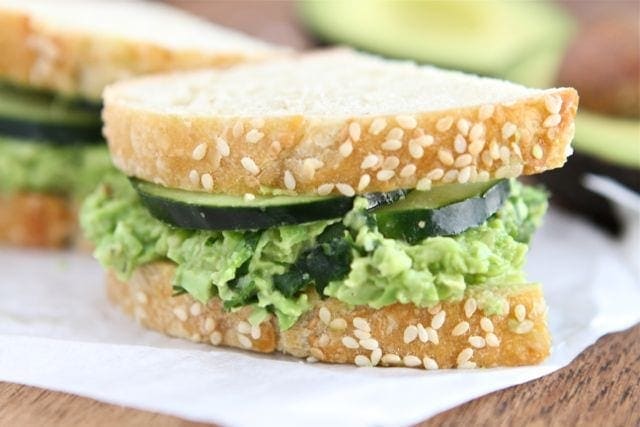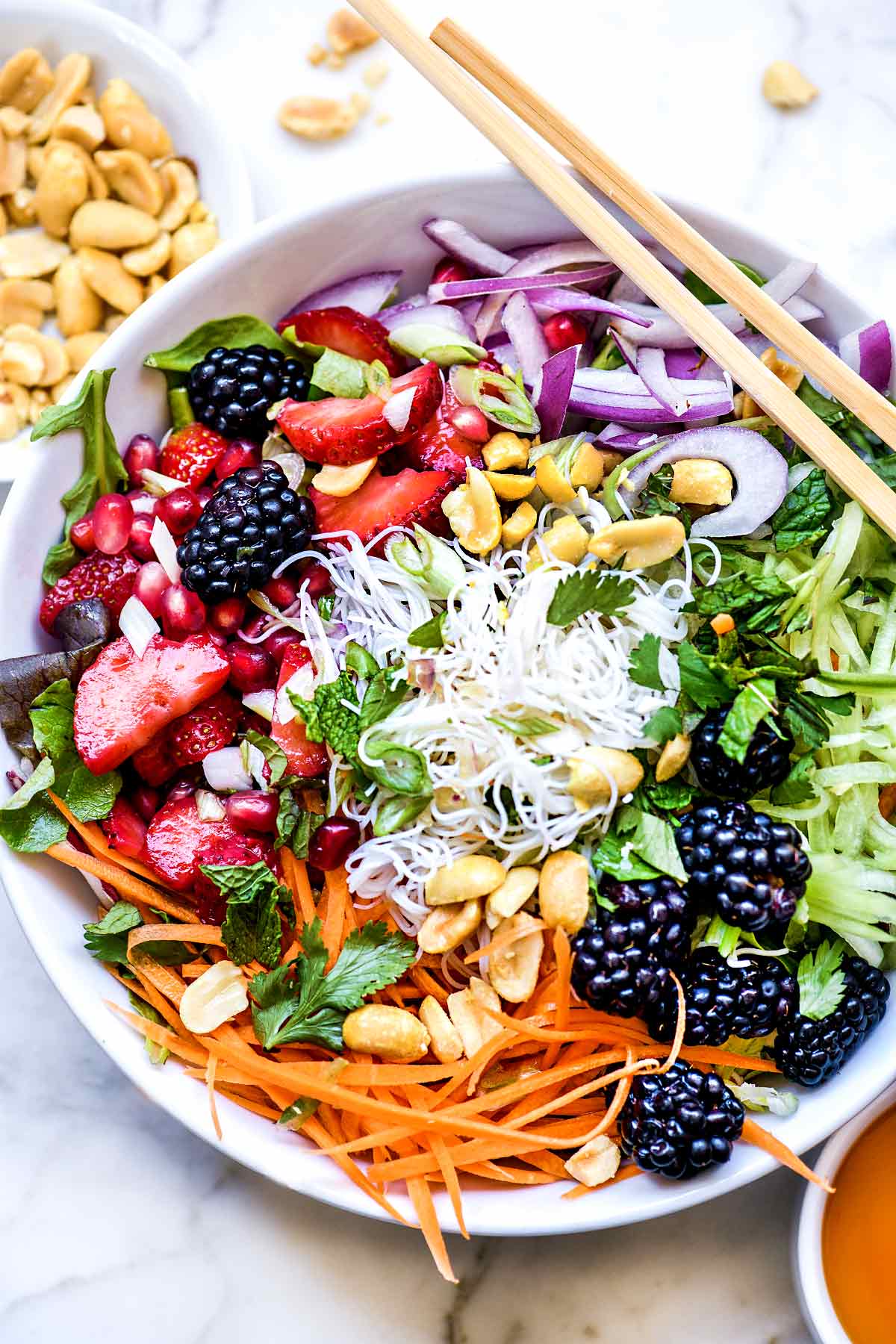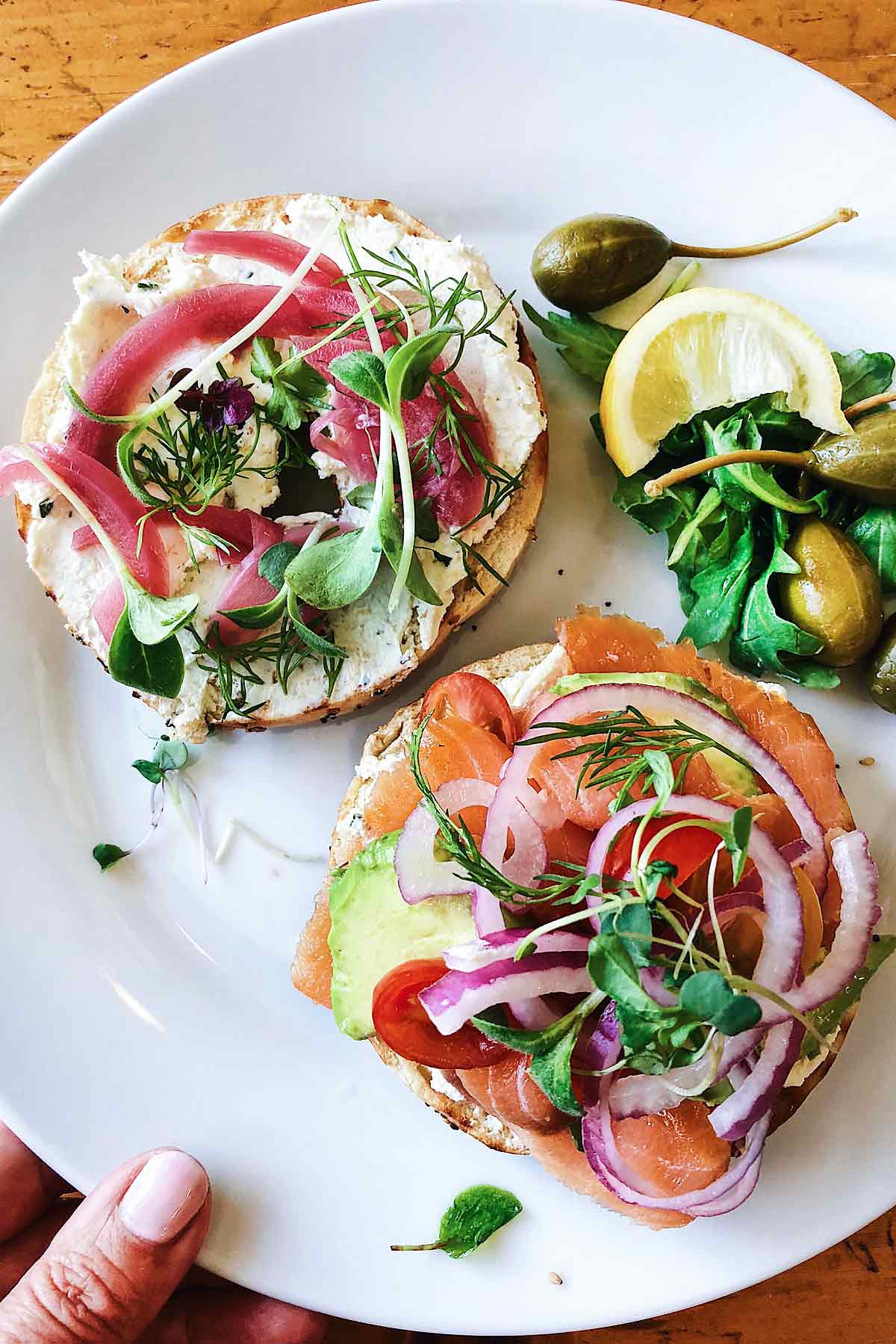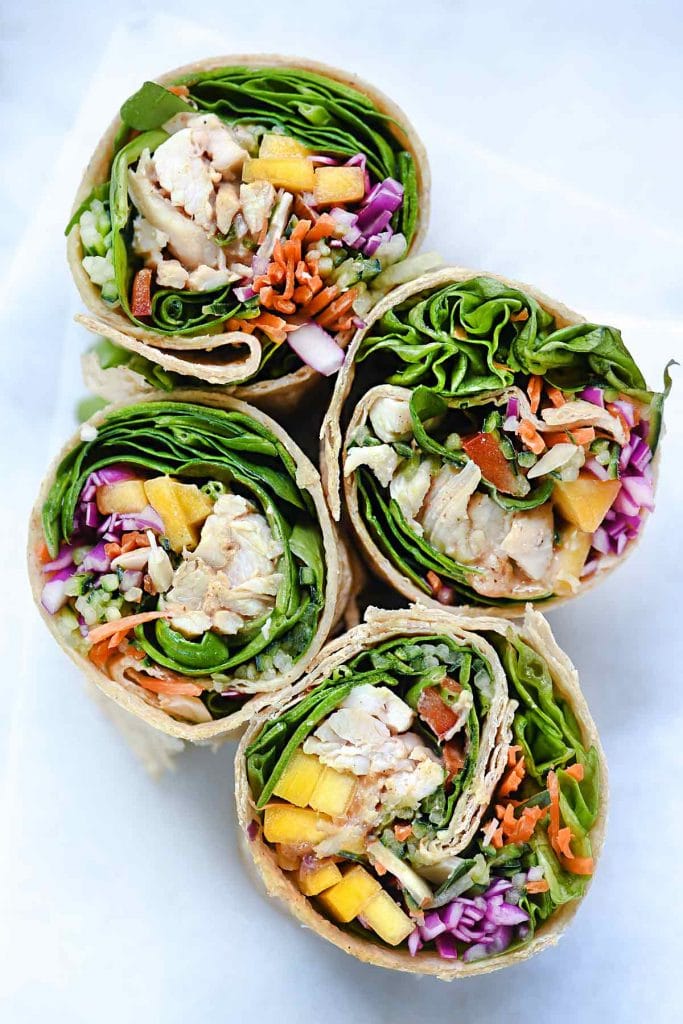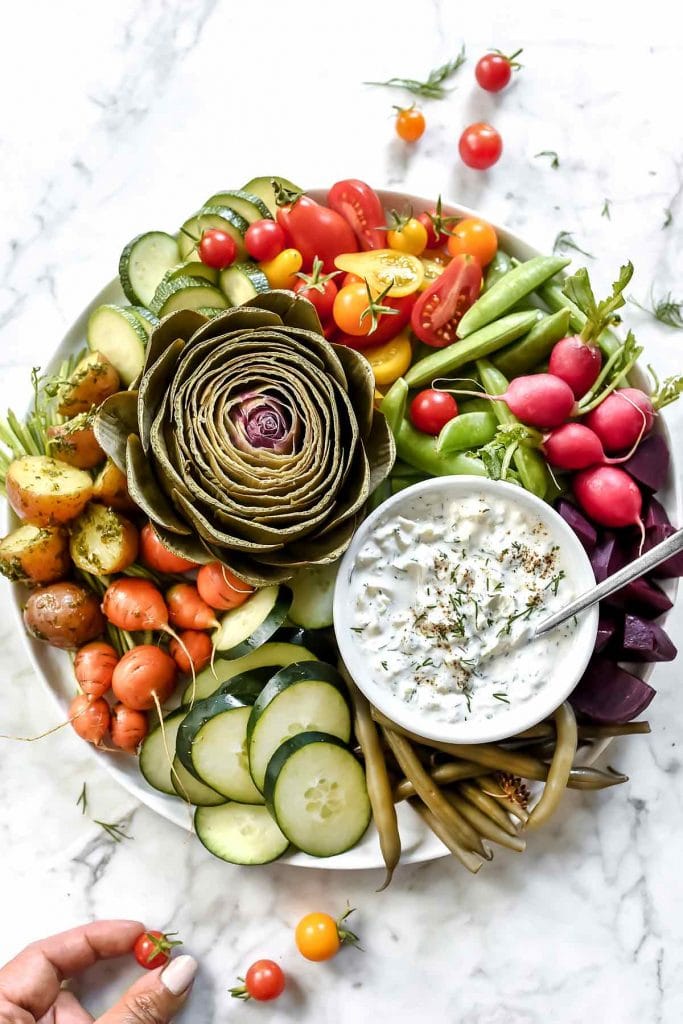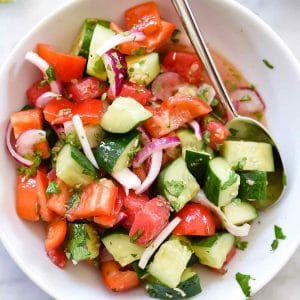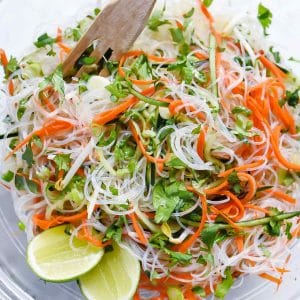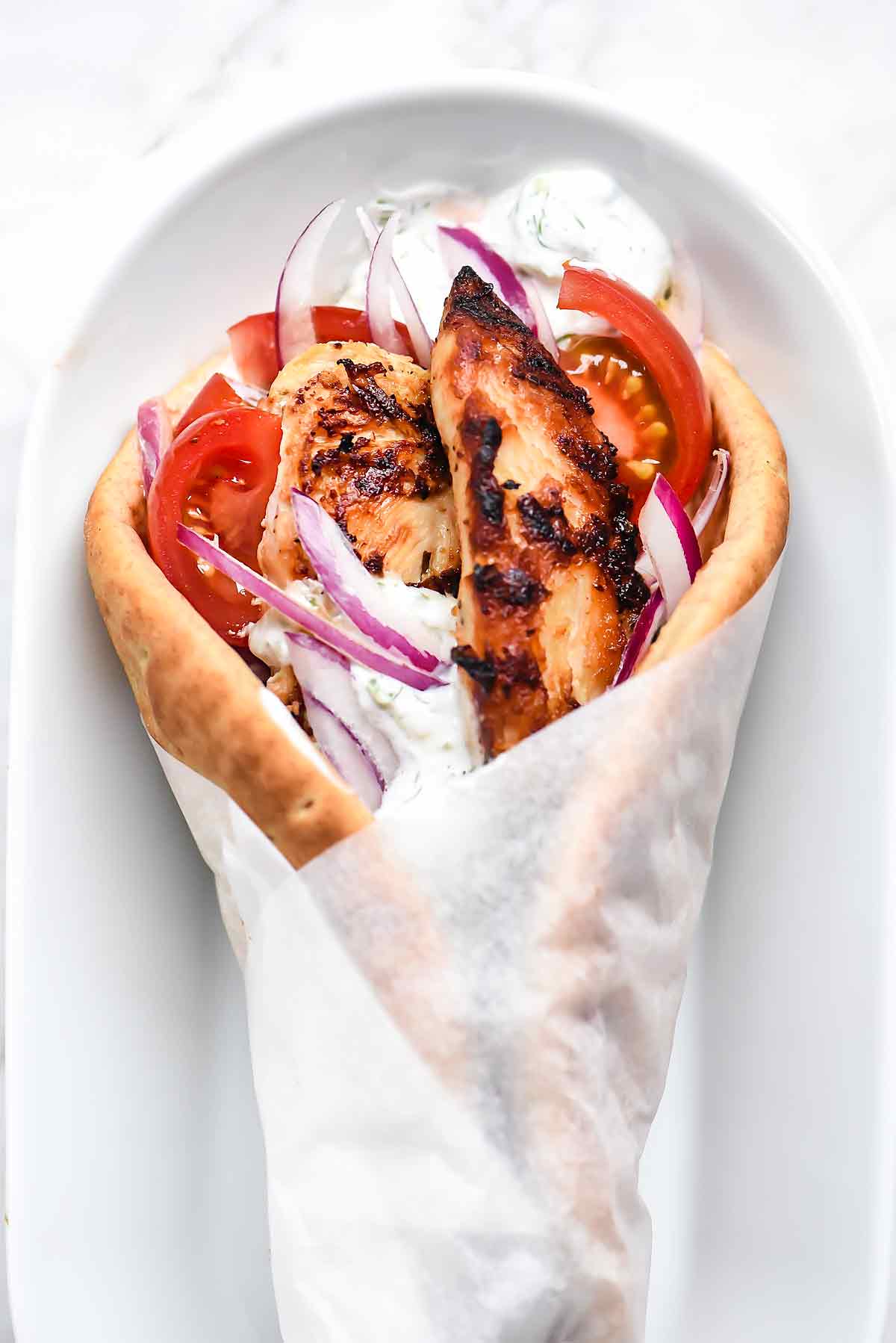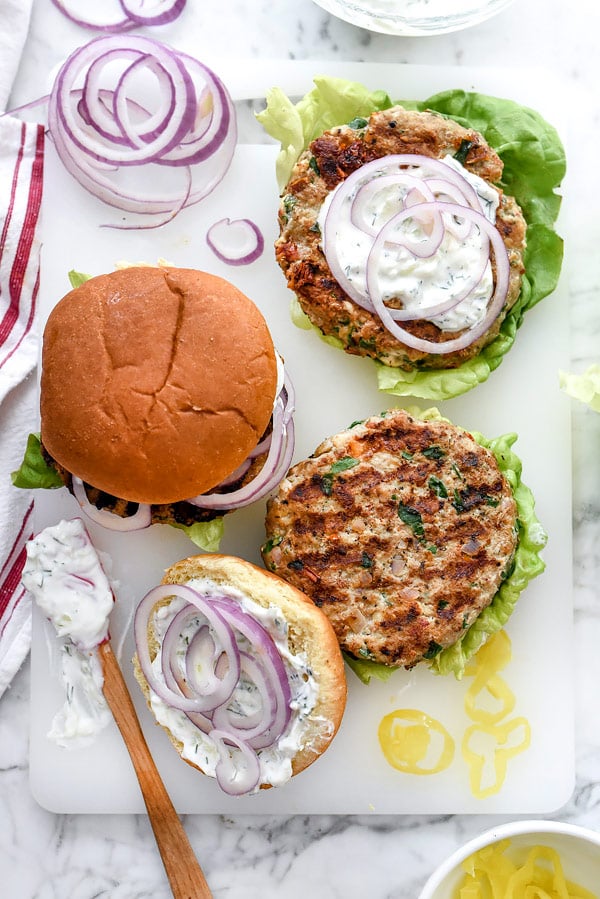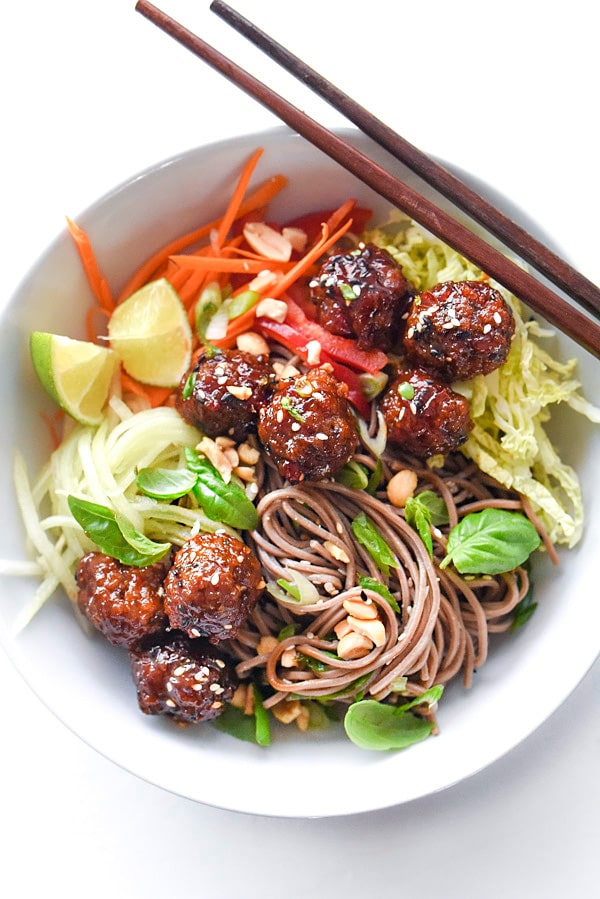Cucumber: Important Facts, Health Benefits, and Recipes
Explore the health benefits, history, and various types of cucumbers, along with storage tips and delicious recipes featuring this versatile vegetable.
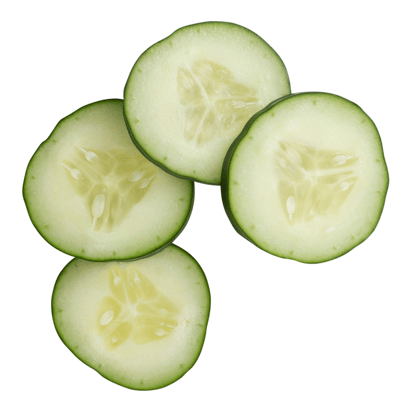
Nutritional Facts
1 cucumber
Amount per serving
Calories
45.2
Carbohydrates
10.9 g
Fat
0.3 g
Protein
2 g
Saturated Fat
0.1 g
Sodium
6 mg
Fiber
1.5 g
Sugar
5 g
Best Cucumber Recipes
-
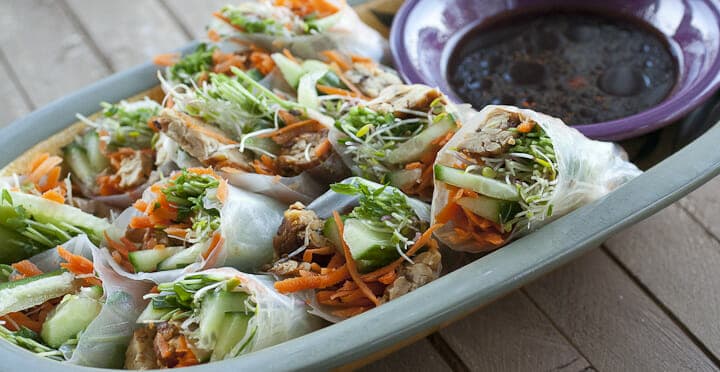
-
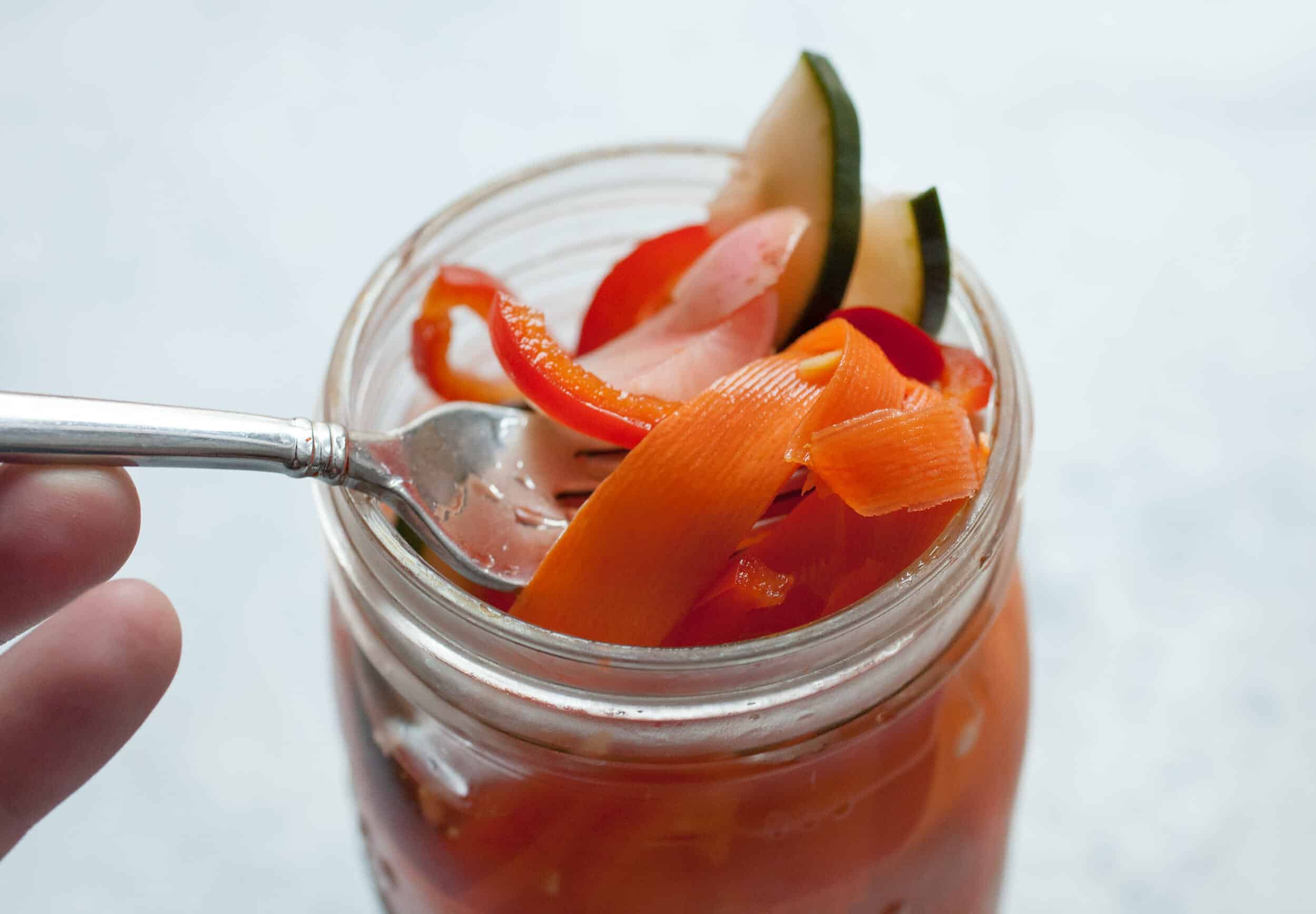
-
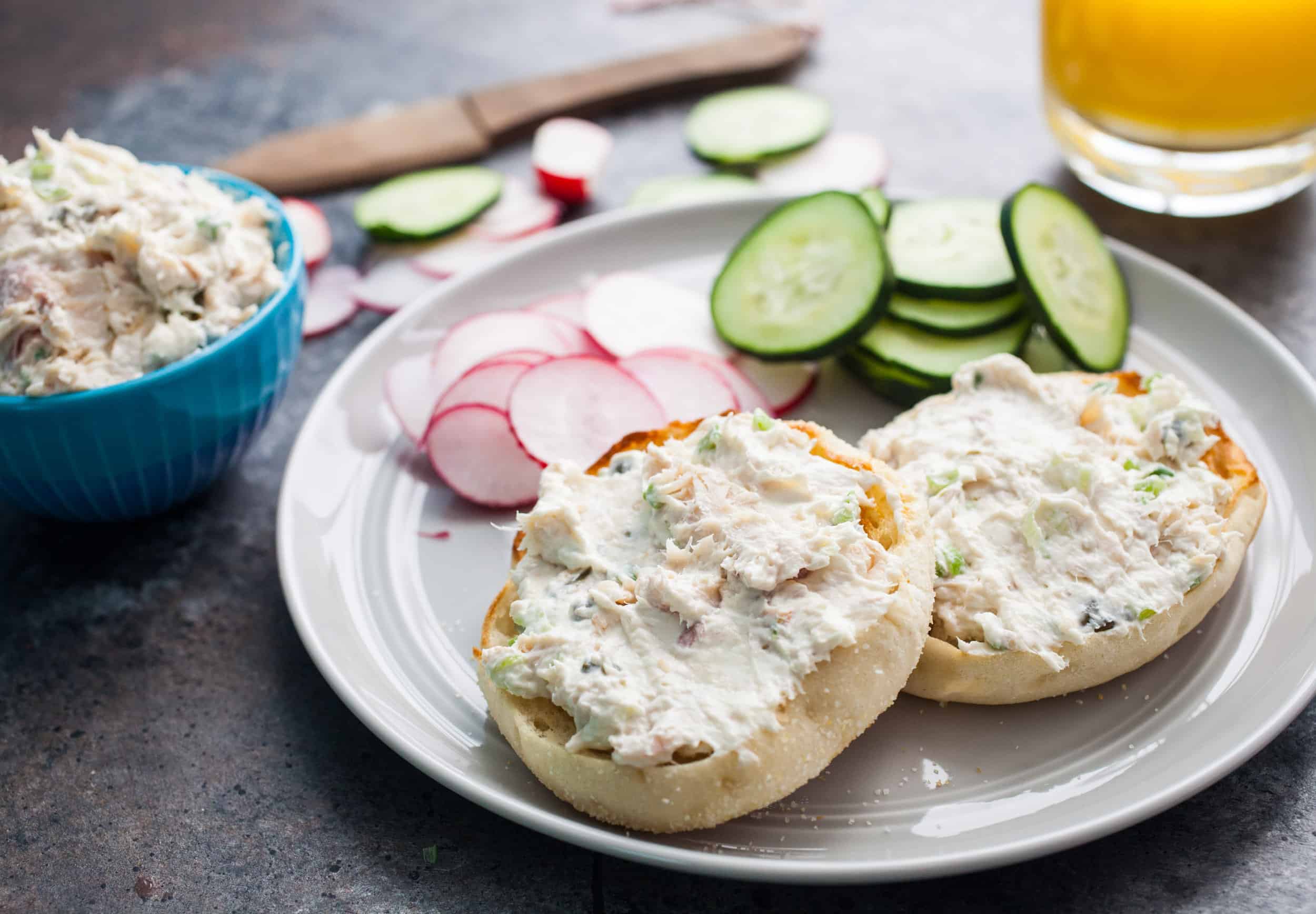
-
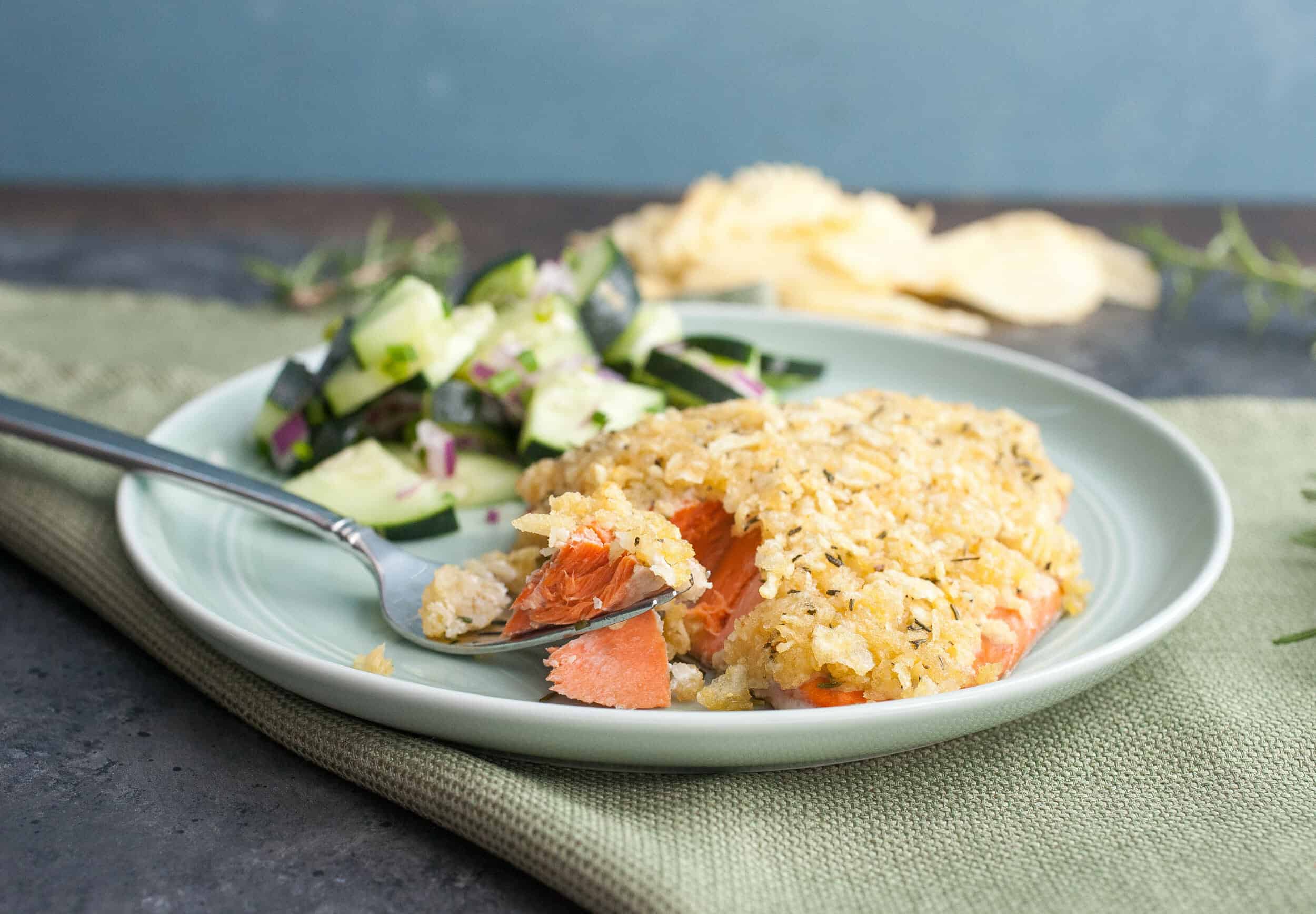
-
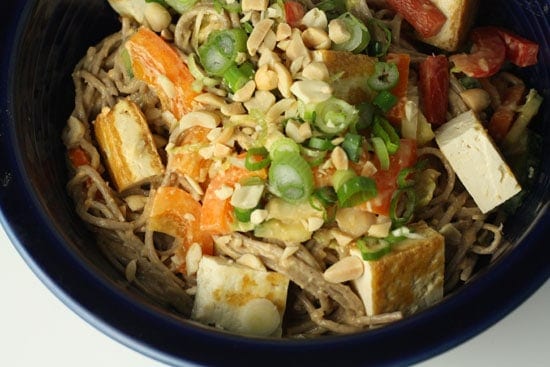
-
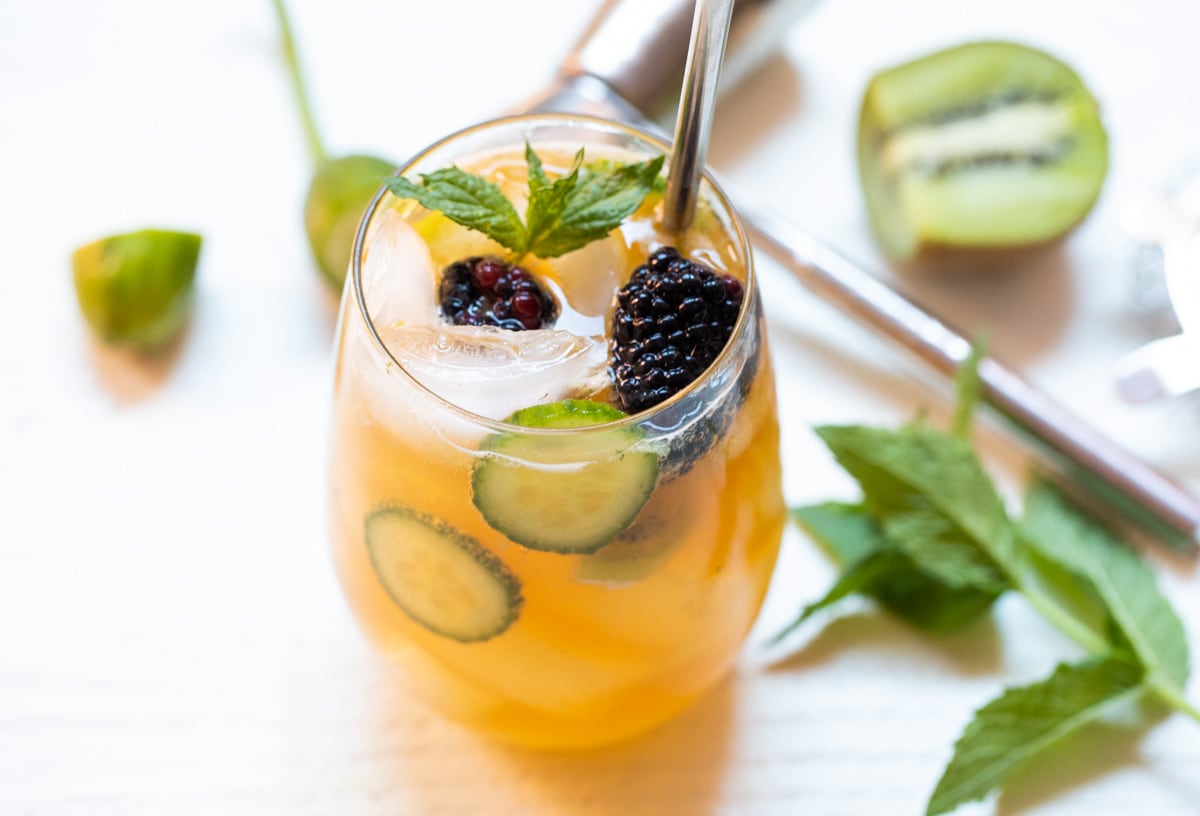
-
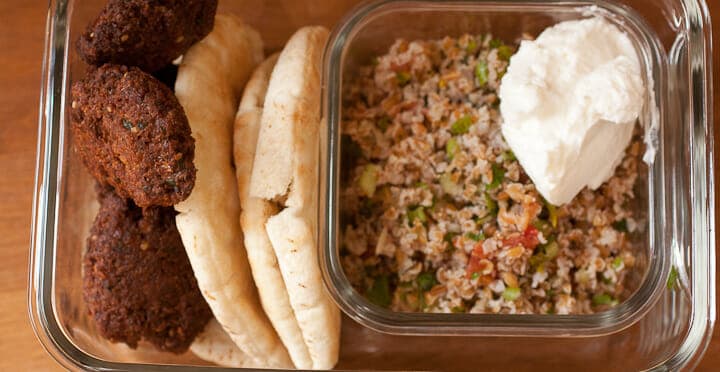
-

-
![Greek Tomato Salad Image]()
-
![Easy Kimchi Noodles Image]()
-
![Pesto Quinoa Salad Image]()
-
![Rice Pilaf Salad Image]()
-
![Pork Belly Sliders Image]()
-
![Korean Steak Sandwiches Image]()
-
![Easy and Fresh Falafel Salad Image]()
-
![Mean Green Juice Image]()
-
![Lentil Falafels Image]()
-
![Dashi Ramen Image]()
-
![Summer Tortellini Salad Image]()
-
![Blueberry Corn Salad Image]()
-
![Greek Tortellini Salad Image]()
-
![Avocado, Spinach, and Artichoke Dip Image]()
-
![Cucumber and Avocado Sandwich Image]()
-
![Veggie Hummus Image]()
-
![Greek Salsa Image]()
-
![Greek Tacos Image]()
-
![Cucumber, Chickpea, and Pita Salad Image]()
-
![Get Your Greens Salad Image]()
-
![Quinoa Salad with Edamame, Cucumber and Avocado Image]()
-
![Asian Salad with Soy-Ginger Vinaigrette Image]()
-
![Cucumber Canapés with Whipped Feta, Sun-Dried Tomatoes, and Basil Image]()
-
![Cucumber Honeydew Salad with Feta Image]()
-
![Edamame Avocado Salad Sandwich Image]()
-
![Vegetable Spring Rolls with Peanut Dipping Sauce Image]()
-
![Vietnamese Rice Noodle Salad with Berries Image]()
-
![Bagel and Lox DIY Brunch Bar Image]()
-
![Greek Cobb Salad Image]()
-
![Instant Pot Orange Chicken Lettuce Wraps Image]()
-
![Chicken and Mango Rainbow Veggie Wraps Image]()
-
![Healthy Greek Yogurt Tzatziki Sauce Image]()
-
![Crunchy Asian Cucumber Watermelon Salad Image]()
-
![Summer Melon Cous Cous Salad with Avocado, Grapes and Mint Image]()
-
![Fresh and Easy Vietnamese Noodle Salad Image]()
-
![Easy Chicken Gyros with Tzatziki Sauce Image]()
-
![Thai Chicken and Cucumber Salad Image]()
-
![Greek Turkey Burgers with Tzatziki Sauce Image]()
-
![Soba Noodle With Sriracha Meatballs Image]()
-
![Green Goddess Cream Cheese Veggie Sandwich Image]()


